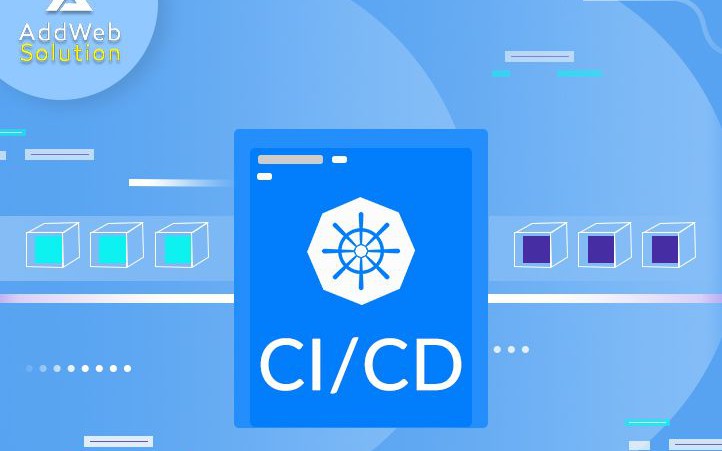When it comes to DevOps, the word that clicks in mind is CI/CD pipeline. Let’s have a look at Definition of CI/CD pipeline:
CI is straightforward and stands for continuous integration, a practice that focuses on making preparing a release easier. But CD can either mean continuous delivery or continuous deployment and while those two practices have a lot in common, they also have a significant difference that can have critical consequences for a business.
CI stands for Continuous Integration, and CD stands for Continuous Delivery and Continuous Deployment. You can think of it as a process which is similar to a software development lifecycle.
Systems provide automation of the software build and validation process-driven continuously by running a configured sequence of operations every time a software change is checked into the source code management repository. These are closely associated with agile development practices and closely related to the emerging DevOps toolsets.
In the DevOps world, we have a plethora of toolsets that can help and leverage CICD capabilities.
- Docker
- Kubernetes
- Proxies
- Git
- Jenkins/ Jenkins X
- Ansible
- Chef
- Code Pipeline, etc
This blog gives direction to up and running your CICD pipeline running on the Kubernetes cluster by the GitLab CICD pipeline.
Prerequisites
- Hands-on knowledge of Docker containers
- Hands-on knowledge of Kubernetes architecture and understanding
- The Idea of how to write YAML files
- Up and Running Kubernetes cluster
#docker #kubernetes #ci/cd #devops tools #devops 2020 #ci/cd pipeline
